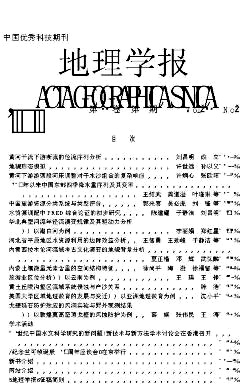TANG Guo ping, LI Xiu bin, Guenther Fischer, Sylvia Prieler
Though analyze the potential impacts of global climate change on China’s agriculture, the meaningful reference for China’s agriculture in the future can be shown. First, according to the historical meteorological data from 310 climatological stations during 19581997, the baseline climate in China is analyzed. Then, three general circulation models, i.e., HadCM2, CGCM1 and ECHAM4 are chosen and meanwhile six climate change scenarios constructed. Three models above are used to simulate China’s climate changes under different scenarios for three periods 2020s, 2050s and 2080s. Under three model runs, air temperature is expected to increase in all regions of China. For example, under HadCM2 GX scenario, annual mean air temperature will increase 1.5℃, 2.5℃ and 3.8℃ in 2020s, 2050s, 2080s respectively. In addition, the increasing magnitude of air temperature in high latitude area is larger than that in low latitude area, and in inland area larger than that in coastal area. Finally, based on three GCMs results, an explicit geographic model, i.e., the AEZ model developed and improved at IIASA, is applied to assess the impacts of climate change on China’s agricultural land productivity. The impact assessment mainly focuses on the changes of multi cropping index, land productivity, arable land area and total potential cereal production. The findings show: (1) The average magnitude of increase in multi cropping index is larger in the southwest, central and north of China than that in the northwest and south of China. (2) Due to climate change, the increasing temperature and rainfall in the northeast, northwest and plateau of China has a positive influence on their arable land area and total potential cereal production. Conversely, the increasing temperature and decreasing rainfall in the southeast, central and southwest of China has a negative influence on their arable land area and potential cereal production. For whole China, arable land area is projected to increase in a new climate condition. The changing scope of arable land area varies from 2 5% to 16 2% under irrigated and rain fed condition, and from 2 3% to 18 0% under rain fed condition. (3) Climate change affects land productively in northeastern China positively. However, it has a negative influence on land productively in southwestern China and Tibet. On the average, climate change affects land productivity in China negatively. The decreasing scope changes from 1.5% to 7.0% under irrigated and rain fed condition, and from 1.1% to 12.6% under rain fed condition.
